Here’s How to Catch August’s Upcoming Supermoon and Blue Moon
August brings a celestial treat with two stunning lunar events: the first of four consecutive supermoons and a rare blue moon. These events will peak on August 19, 2024, at 2:26 p.m. ET, making it a must-see for sky-watchers.
Whether you’re a seasoned astronomer or just curious about the night sky, these rare lunar spectacles are not to be missed.
What Is a Supermoon?
A supermoon takes place when a full moon aligns with the moon’s closest approach to Earth in its elliptical orbit, a point known as perigee.
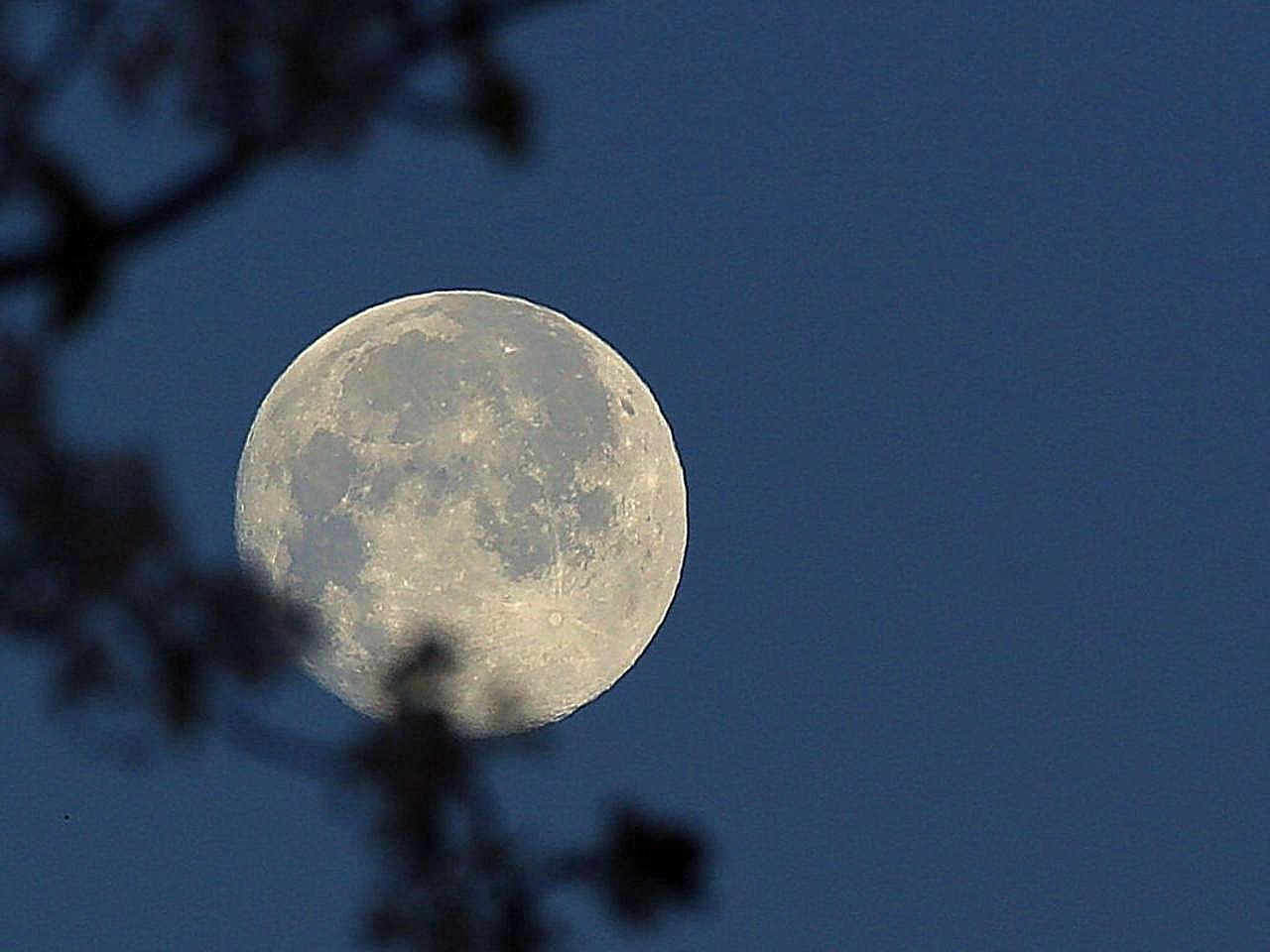
Source: Wikimedia
This proximity makes the moon appear up to 14% larger and 30% brighter than a regular full moon. While the size difference may be subtle, the increased brightness will be hard to miss.
Understanding the Blue Moon
The term “blue moon” can refer to the second full moon in a calendar month or the third full moon in a season that has four full moons.
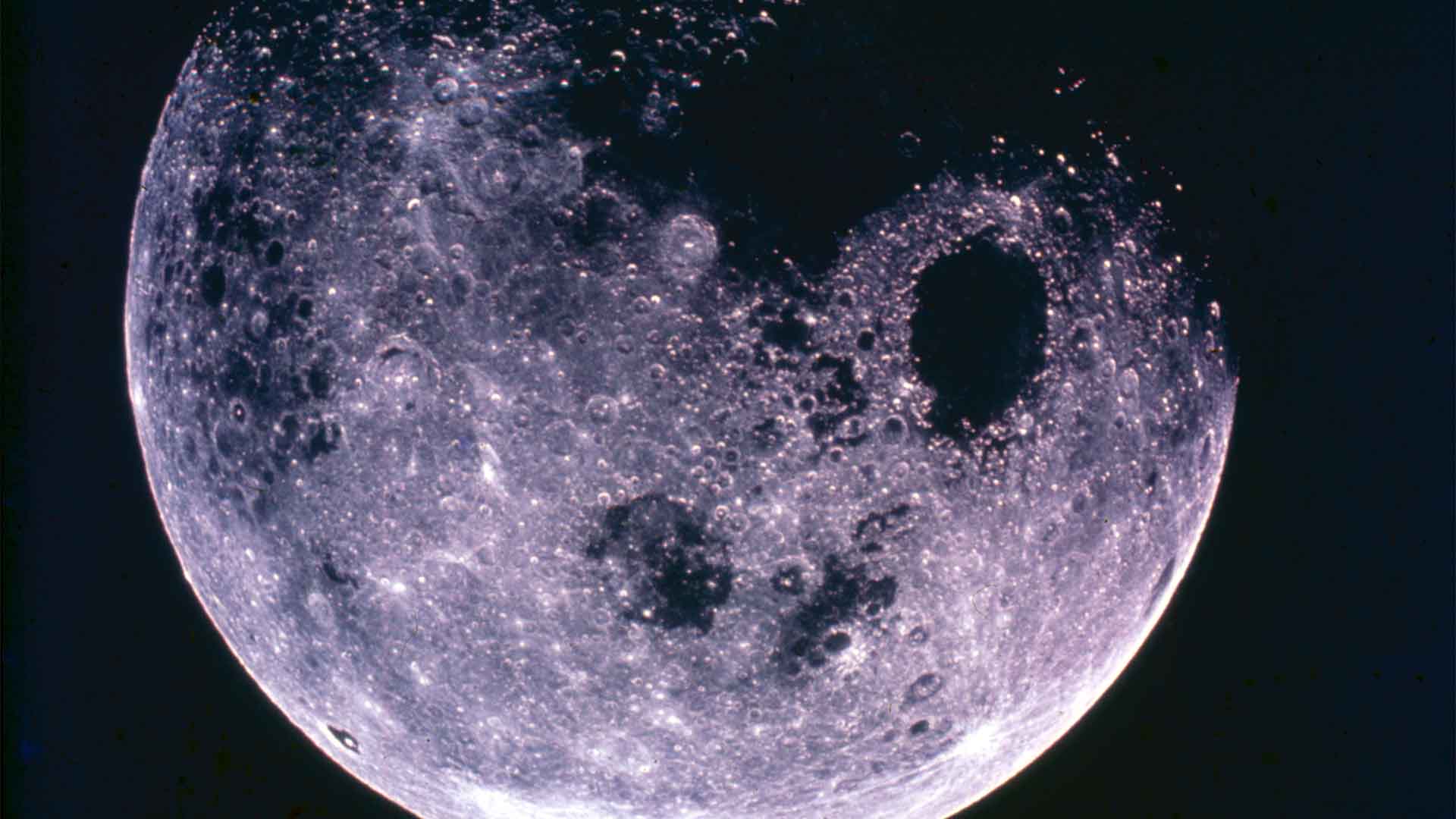
Source: NASA/Interim Archives/Getty Images
Despite its name, the moon won’t actually appear blue. This rare event only happens about 3% of the time, making it a special occasion for sky-gazers.
The Perfect Time to Watch
The supermoon will be visible on the night of August 19, 2024, just after sunset. The moon will rise higher throughout the night, offering prime viewing opportunities until just before sunrise.

Source: Ocean Ng/Unsplash
The supermoon will be visible on the night of August 19, 2024, just after sunset. The moon will rise higher throughout the night, offering prime viewing opportunities until just before sunrise.
Best Spots for Viewing
While supermoons are visible to the naked eye from any location, finding a spot with minimal light pollution will enhance your experience.
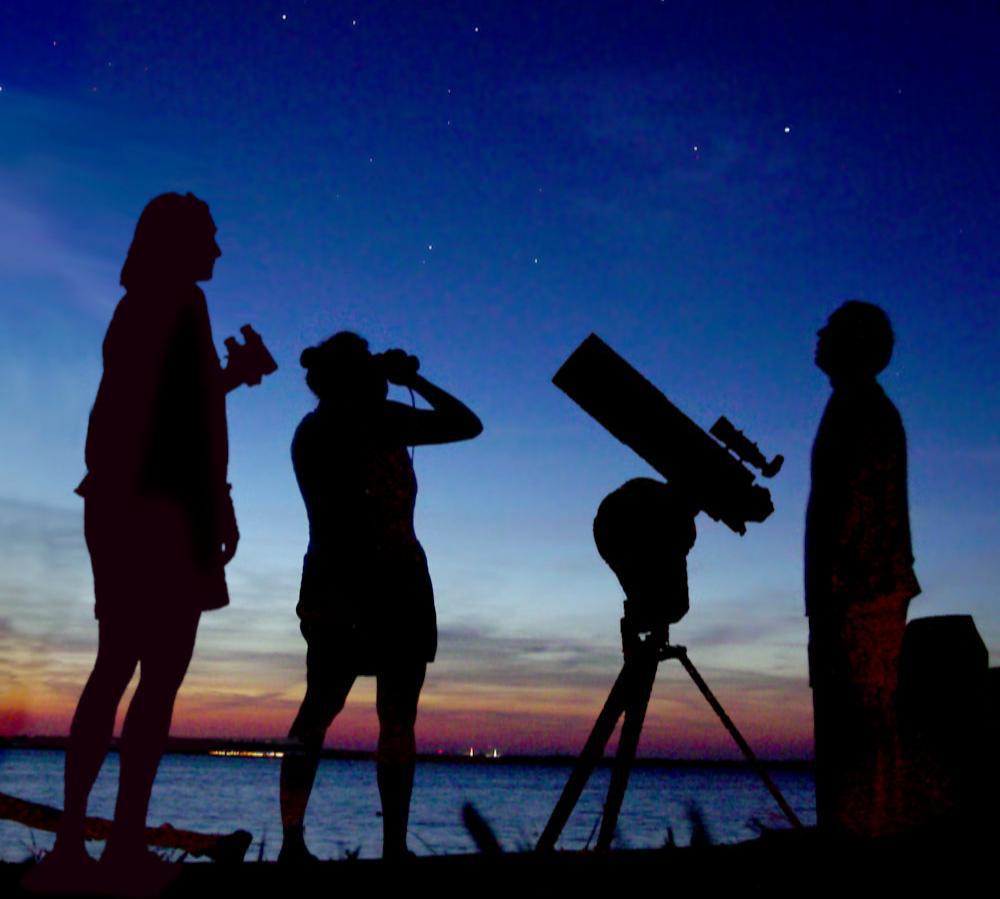
Source: Wikimedia
Look for open spaces like parks, beaches, or rural areas where the sky is dark and clear. Even in urban areas, a good view of the horizon can provide an excellent vantage point.
Capture the Moment
Photographing a supermoon can be a rewarding challenge. Use a camera with a telephoto lens or a smartphone with a zoom feature to capture the moon’s details.
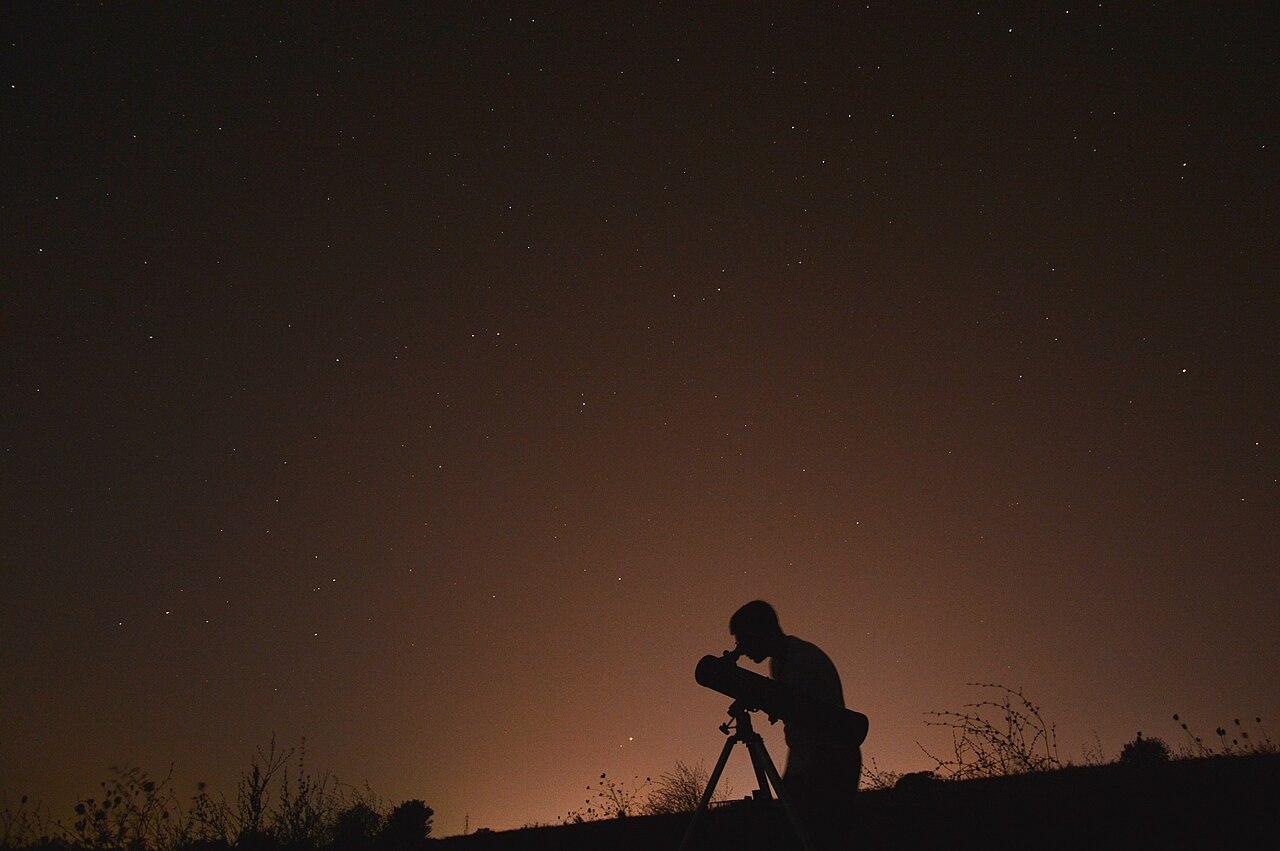
Source: Wikimedia
A tripod can help stabilize your shots, and adjusting your exposure settings will ensure you capture the moon’s brightness without overexposing the image.
The Science Behind Supermoons
The moon’s orbit around Earth is not a perfect circle but an ellipse. The closest point in its orbit, called perigee, is about 226,000 miles from Earth.
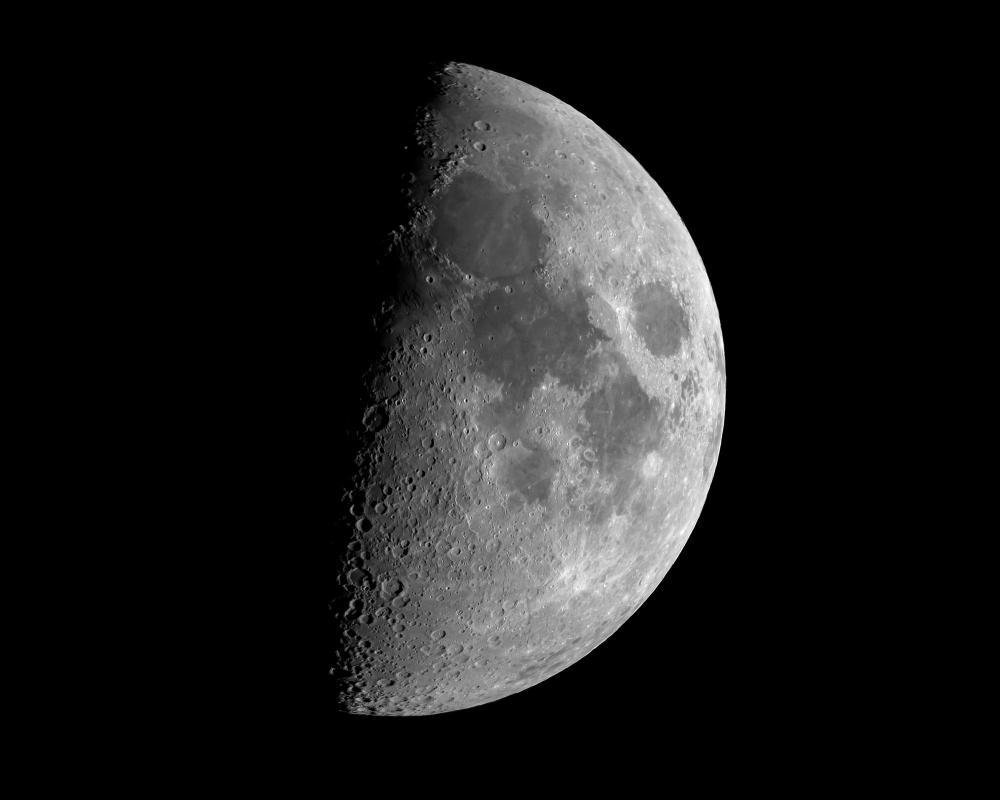
Source: Freepik
When a full moon occurs near perigee, it’s called a supermoon. This close approach enhances the moon’s apparent size and brightness, creating a spectacular sight.
The Supermoon’s Effect on Tides
Supermoons have a noticeable impact on Earth’s tides. The moon’s increased gravitational pull during a supermoon leads to higher-than-normal tides, known as “spring tides.”

Source: Wikimedia
While these tides won’t cause any dramatic changes, coastal areas may experience slightly higher water levels during this time.
Don’t Forget About Jupiter and Mars
While you’re watching the supermoon, take a moment to spot Jupiter and Mars in the night sky. The two planets were recently in conjunction and will remain close to each other during the supermoon’s peak.
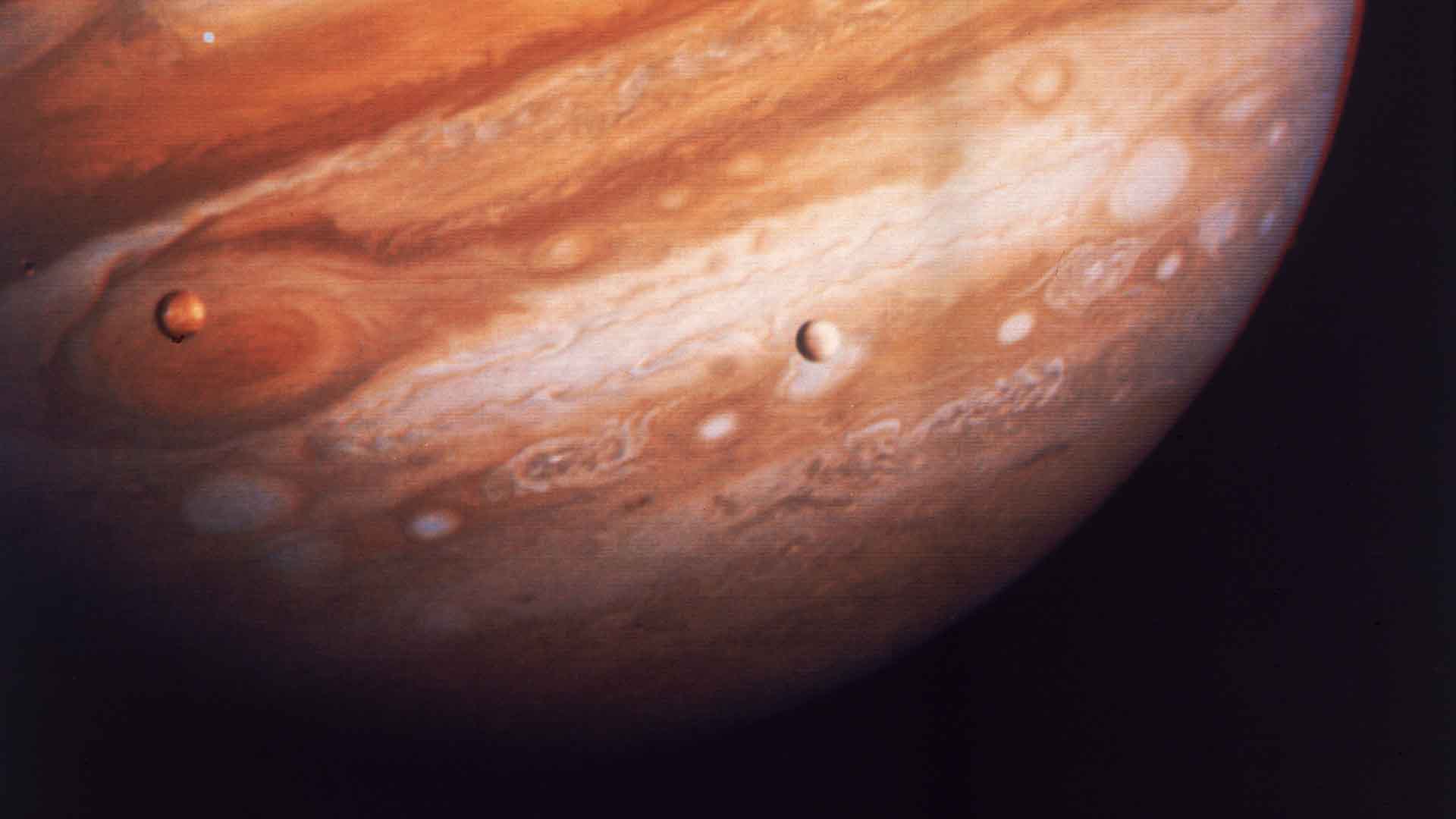
Source: Space Frontiers/Hulton Archive/Getty Images
Their bright appearance will add another layer of beauty to your night of sky-watching.
Upcoming Celestial Events
August is just the beginning of a series of celestial events. Keep an eye out for the next supermoons on September 18, October 17, and November 15.
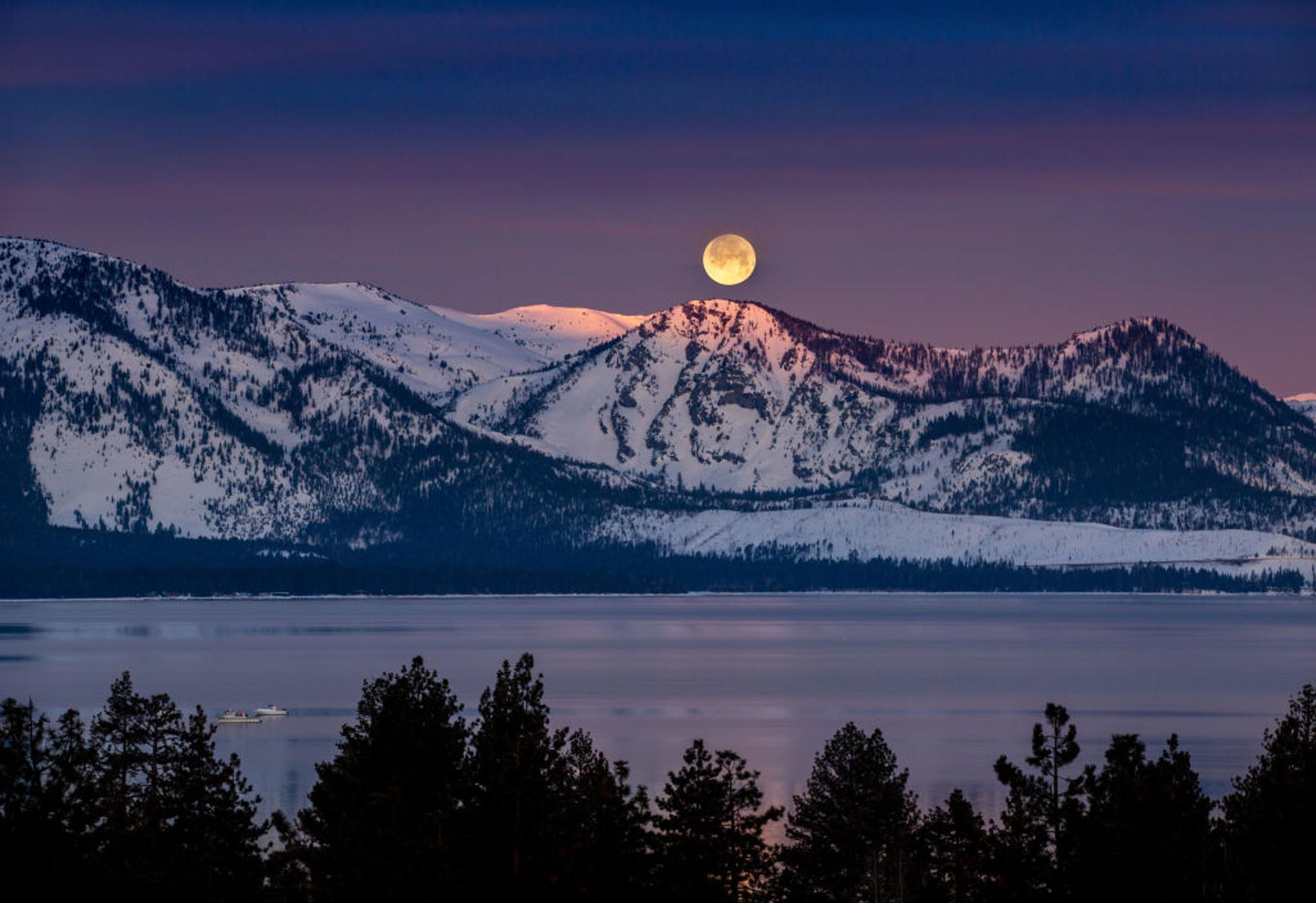
Source: George Rose/Getty Images
The September supermoon will feature a partial lunar eclipse, while the October supermoon will be the fullest and largest of the year, coming even closer to Earth.
The Sturgeon Moon’s Legacy
August’s supermoon is also known as the Sturgeon Moon, a name originating from the Algonquin tribes in the northeastern United States.

Source: Freepik
This name reflects the season when sturgeon fish were more easily caught in the Great Lakes and other bodies of water.
Why You Shouldn’t Miss This Event
Whether you’re an astronomy enthusiast or simply love a good night under the stars, August’s supermoon and blue moon offer a rare opportunity to witness two extraordinary lunar events.
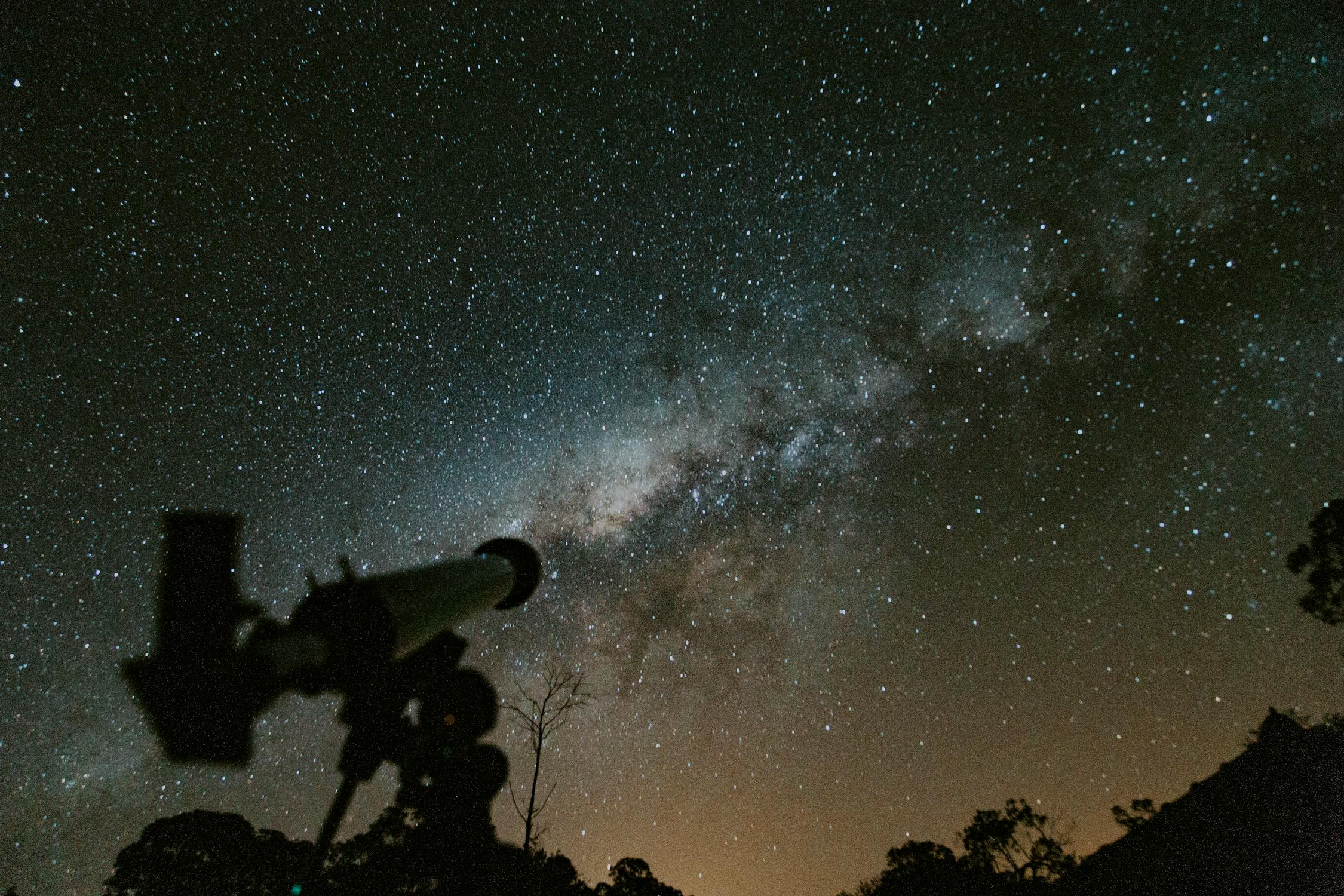
Source: Lucas Pezeta/Pexels
So, mark your calendar for August 19, 2024, and prepare to be amazed by the beauty of the night sky.
